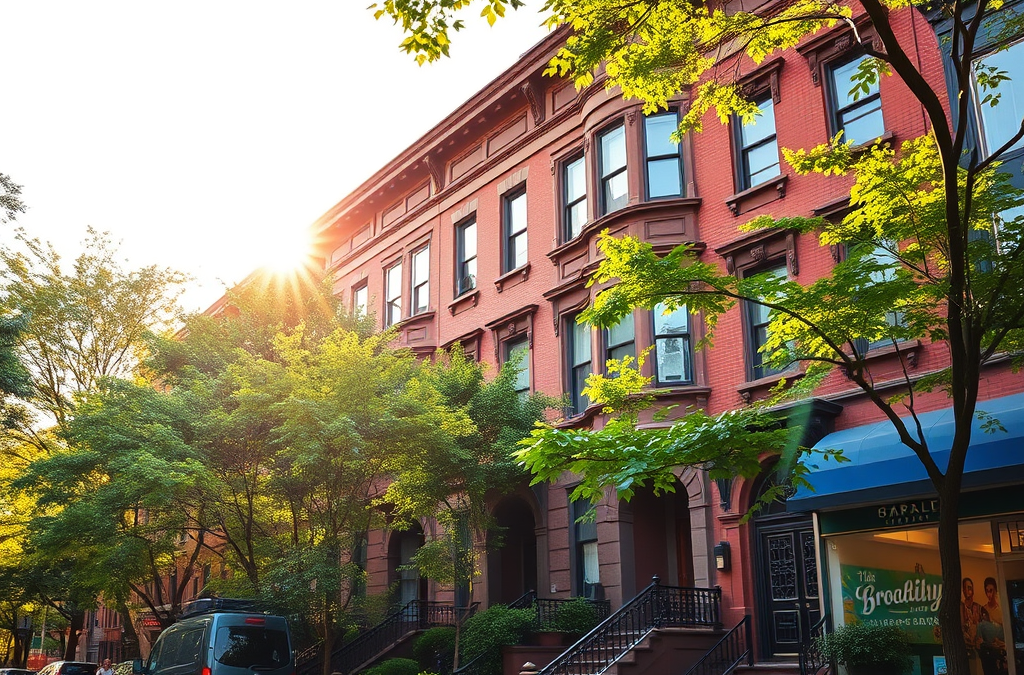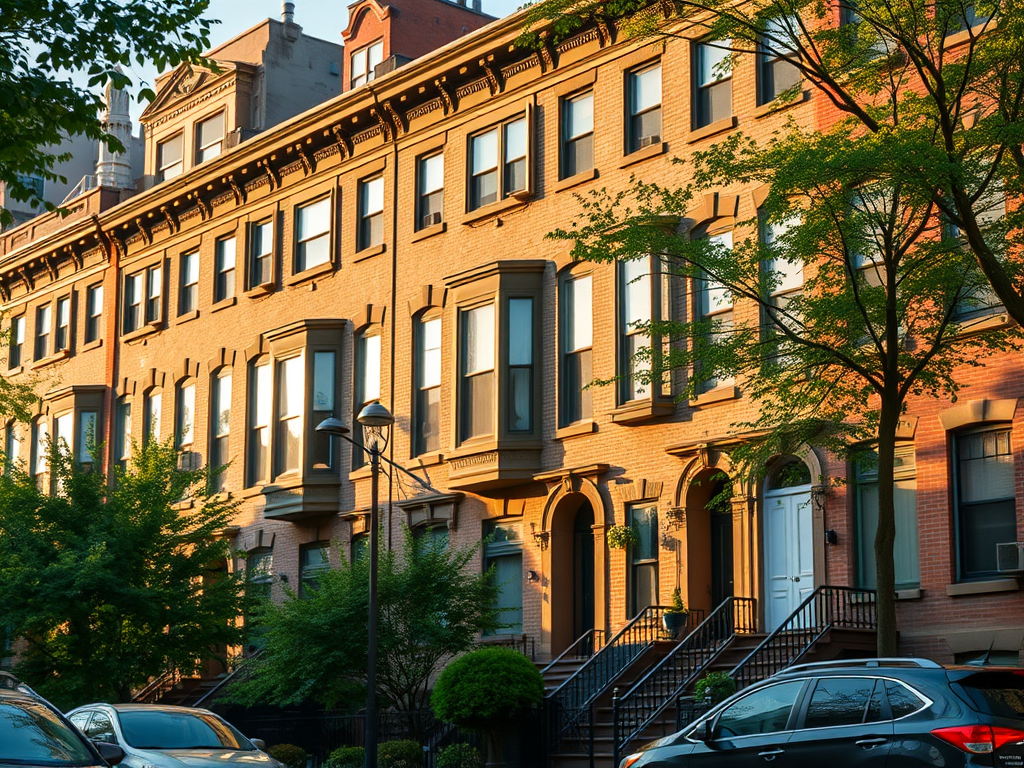
Brooklyn, New York City’s most populous borough, is a vibrant patchwork of cultures, architecture, and rental opportunities. From the leafy charm of Park Slope to the edgy allure of Bushwick, Brooklyn’s neighborhoods draw a diverse crowd—many relying on rent-stabilized apartments to stay rooted in this dynamic borough. For property owners and managers, navigating Brooklyn property management amid rent stabilization laws is a complex but rewarding endeavor. As of February 20, 2025, with rental demand soaring and regulations stringent, mastering this landscape is critical for success.
This in-depth guide explores Brooklyn property management with a focus on rent stabilization, spotlighting firms like BJD Property Management, a standout in the borough’s rental scene. We’ll cover the history, legal framework, operational strategies, tenant perspectives, neighborhood insights, and future trends shaping this vital aspect of NYC housing.
The Roots of Rent Stabilization in Brooklyn
Rent stabilization in NYC, including Brooklyn, emerged from a need to protect tenants amid housing shortages. Born in the 1940s with wartime rent controls, it evolved into the 1969 Rent Stabilization Law, targeting buildings with six or more units built before February 1, 1974. Today, over 1 million NYC apartments—nearly 44% of the rental stock—are stabilized, with Brooklyn hosting a hefty share thanks to its pre-war housing in areas like Flatbush and Crown Heights.
Firms like BJD Property Management have deep ties to this history, managing stabilized properties across Brooklyn’s storied neighborhoods. Tax programs like 421-a and J-51 later extended stabilization to newer builds in Downtown Brooklyn and Greenpoint, blending affordability into the borough’s modern growth. The system caps rent increases—set by the NYC Rent Guidelines Board (RGB), like 2024’s 2.75% for one-year leases—and ensures lease renewals, preserving Brooklyn’s socioeconomic fabric as market rents climb (averaging $3,585 in late 2024, per MNS).
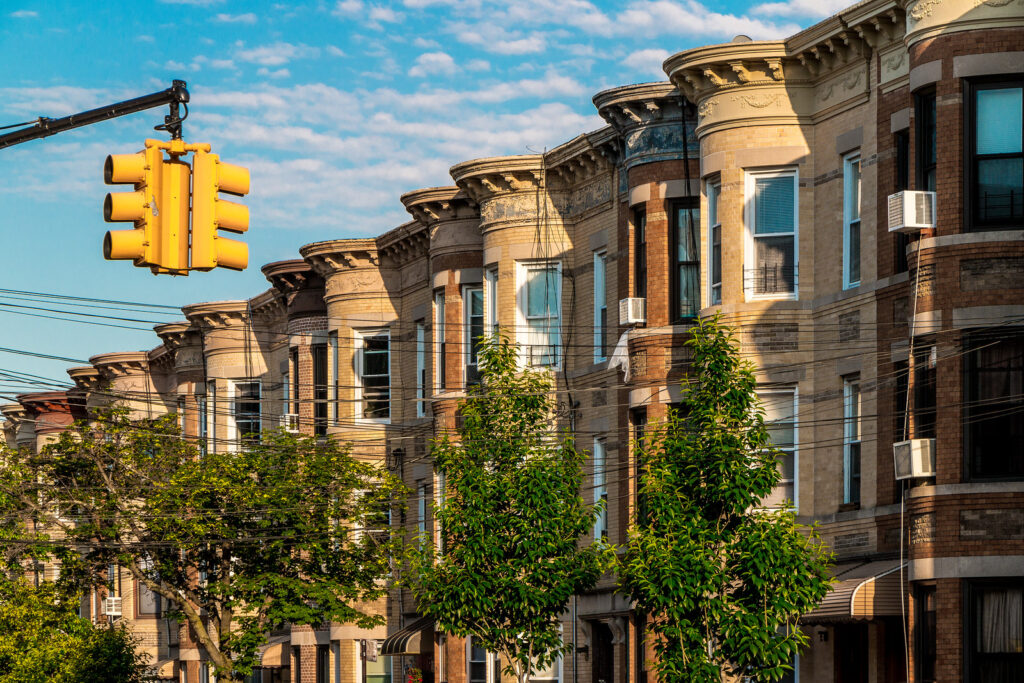
Understanding Rent Stabilization Laws in NYC
Rent stabilization operates under the New York State Division of Homes and Community Renewal (DHCR), bolstered by the 2019 Housing Stability and Tenant Protection Act (HSTPA). Key rules include:
- Eligibility: Pre-1974 buildings with six-plus units, or newer ones under tax incentives, qualify. Tenants must reside primarily in the unit.
- Rent Caps: RGB limits hikes, with no vacancy bonuses post-HSTPA.
- Deregulation: Now rare, rents must exceed thresholds (e.g., $2,700 post-renovation) under strict conditions.
- Tenant Rights: Renewal rights, eviction only for cause, and one-month deposit caps protect renters.
For managers like BJD Property Management, compliance is paramount. Missteps—overcharging or skipping DHCR filings—risk fines, as seen in a 2023 Flatbush case costing a landlord $150,000. BJD’s expertise in navigating these laws helps landlords avoid pitfalls while maintaining tenant satisfaction.
The Role of Property Management in Brooklyn
Brooklyn property management bridges landlords’ financial goals with tenants’ affordability needs, especially in stabilized buildings. Companies like BJD Property Management excel here, handling:
- Lease Oversight: Crafting compliant leases and renewals per RGB rules.
- Maintenance: Upkeeping aging buildings—think Bed-Stuy’s leaky pipes or Park Slope’s worn floors—within tight budgets.
- Financials: Collecting capped rents and managing costs as inflation rises.
- Tenant Relations: Resolving disputes, from Williamsburg noise issues to East New York payment hiccups.
- Legal Expertise: Interpreting DHCR and RGB updates, like the 2024 Supreme Court ruling upholding stabilization.
With Brooklyn rents dipping slightly in late 2024 but demand holding strong, managers like BJD optimize operations without market-rate flexibility, making their role indispensable.
Why Rent Stabilization Matters in Brooklyn
Brooklyn’s rental market mirrors NYC’s housing crunch. Gentrification has spiked rents—Williamsburg hit $4,200 in 2024, per StreetEasy—making stabilized units (often under $2,700) vital for affordability. In Crown Heights, stabilized one-bedrooms average $1,900 versus $3,000 market-rate, per Transparentcity, preserving community diversity.
For tenants, it’s stability; for landlords, it’s predictable income. BJD Property Management leverages this balance, managing stabilized portfolios that weather Brooklyn’s boom-and-bust cycles. Post-HSTPA, deregulation is tougher—vacancy decontrol is gone, and renovation hikes are capped—reinforcing stabilization’s role in a borough where 60% of renters spend over 30% of income on housing (Census data).
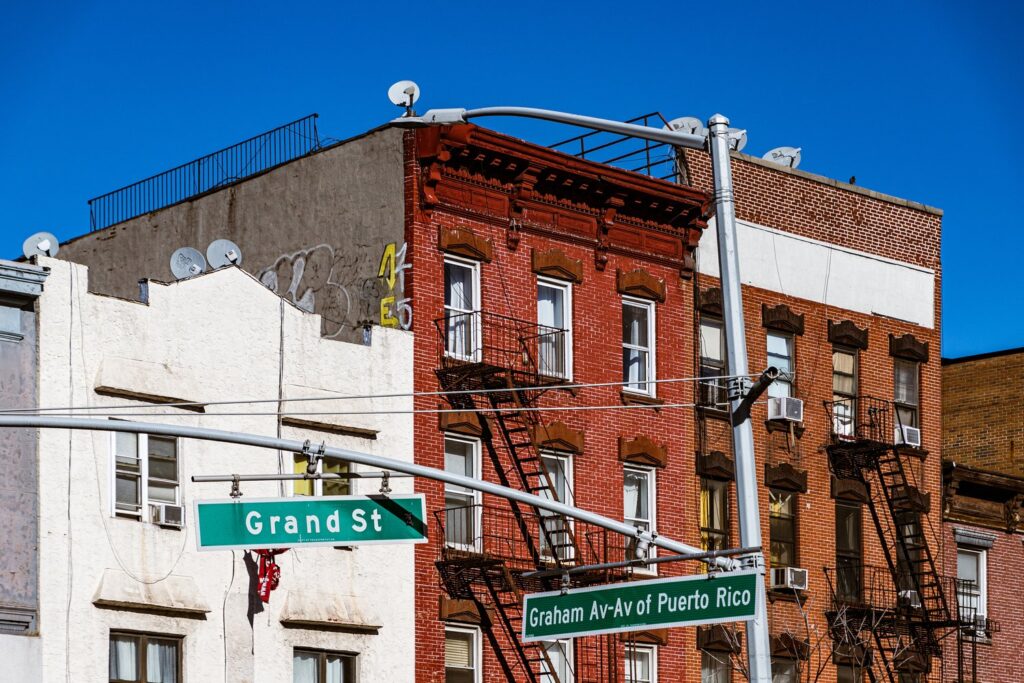
Neighborhood Spotlight: Where Rent Stabilization Thrives
Stabilized housing varies across Brooklyn. Here’s where it shines:
- Flatbush: Pre-war gems along Ocean Avenue offer stabilized rents around $2,000. BJD Property Management oversees several such buildings, ensuring upkeep and compliance.
- Crown Heights: Mixing brownstones and mid-rises, stabilized units like those at 1040 Carroll Street resist gentrification’s push. BJD’s tenant-focused approach here curbs turnover.
- Bushwick: Stabilized walk-ups from the 1920s average $1,800, contrasting new luxury builds. BJD manages these aging properties with efficiency.
- Prospect-Lefferts Gardens: Near Prospect Park, stabilized towers like 626 Flatbush Avenue blend location and value, often under BJD’s care.
- Downtown Brooklyn/Greenpoint: Newer stabilized units (e.g., 535 Carlton Avenue) from tax programs offer modern perks at controlled rents, with BJD optimizing tenant satisfaction.
Each area demands tailored management—BJD adapts, balancing old-building repairs with new-unit expectations.
Challenges of Managing Rent-Stabilized Properties
Managing stabilized properties in Brooklyn has its hurdles:
- Revenue Limits: Capped hikes (2-5% annually) strain budgets as costs rise—insurance jumped 10% in 2024 (IBISWorld). BJD mitigates this with cost-effective maintenance.
- Renovation Caps: IAIs allow modest rent boosts (e.g., $89 for a $10,000 upgrade), but DHCR oversight is strict. BJD ensures compliance to maximize returns.
- Buyouts: In Crown Heights, offers can hit $100,000, but tenants must consent. BJD navigates these ethically, avoiding legal snares.
- Legal Risks: Errors like missed DHCR filings spark penalties—a 2022 Bushwick landlord repaid $200,000. BJD’s diligence prevents such setbacks.
- Aging Stock: Pre-1974 buildings need pricey fixes without rent flexibility. BJD prioritizes proactive repairs.
Despite challenges, stabilized properties succeed with firms like BJD at the helm.
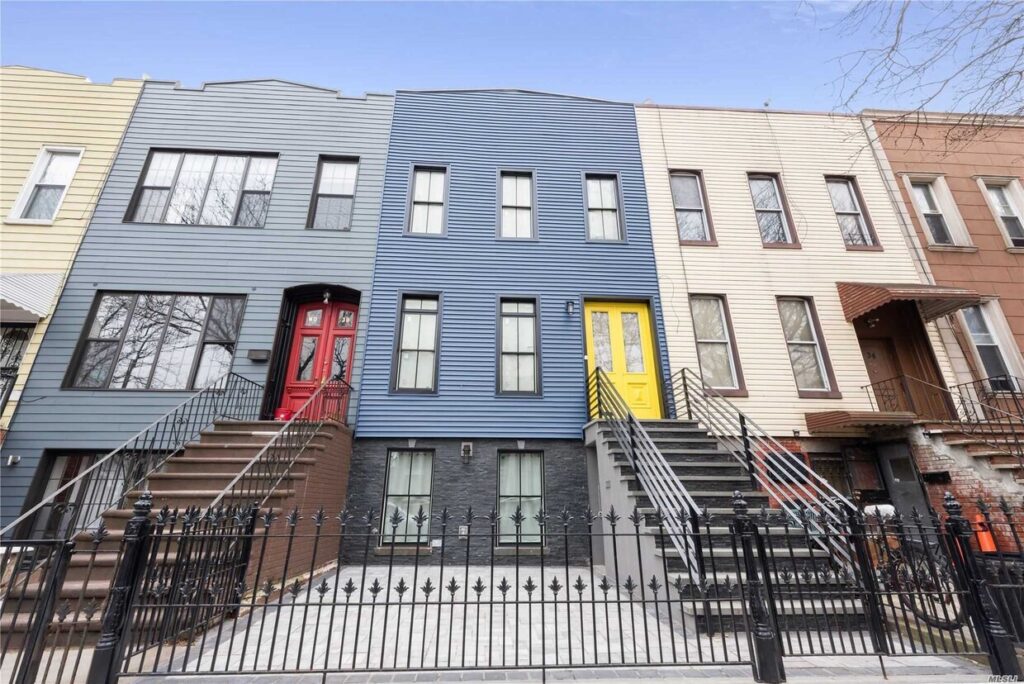
Strategies for Successful Property Management
How do managers thrive? Here’s how BJD Property Management and others succeed:
- Tech Adoption: Tools like Appfolio streamline rent collection and maintenance—BJD uses these to meet Brooklyn renters’ digital expectations.
- Legal Mastery: BJD trains staff on RGB, DHCR, and HSTPA updates, adapting to the 2024 Supreme Court ruling affirming stabilization.
- Maintenance Focus: Fixing a Crown Heights boiler pre-winter saves costs—BJD’s proactive stance shines here.
- Tenant Bonds: Stabilized tenants stay long-term; BJD’s swift responses (e.g., a Williamsburg leak fix) build trust.
- Growth Targeting: BJD eyes areas like East New York, tapping emerging stabilized stock as infrastructure grows.
Tenant Perspectives: Living in Stabilized Brooklyn
For renters, stabilized units are a treasure. Maria, a Crown Heights tenant, says, “My $1,700 two-bedroom would be $3,500 market-rate—I’d be gone without it.” BJD Property Management oversees her building, ensuring repairs and fair leases keep her rooted.
Finding stabilized units takes work—StreetEasy and DHCR lists help, but vacancies vanish fast. At 33 Bond Street in Prospect Heights, a BJD-managed 421-a building, renters snag $2,200 two-bedrooms. Tenants must verify status and know rights—BJD’s transparency aids this, though illegal hikes elsewhere prompt DHCR complaints or aid from Brooklyn Legal Services.
Case Studies: Property Management in Action
- Flatbush Turnaround: A 20-unit Ocean Avenue building, managed by BJD Property Management, faced vacancies in 2022. BJD invested $50,000 in upgrades, raising rents via IAIs. By 2025, occupancy hit 100%, revenue up 8%.
- Bushwick Buyout Battle: At 123 Knickerbocker Avenue, a landlord offered $80,000 to vacate a $1,500 unit. The tenant stayed; BJD shifted to maintenance, retaining them legally.
- Downtown Success: BJD manages 535 Carlton, a 2016 stabilized tower, marketing perks like a rooftop deck to fill $2,600 one-bedrooms within caps.
BJD’s strategies highlight effective management.
The Future of Rent Stabilization in Brooklyn
By February 2025, Brooklyn’s rents show resilience—dipping in late 2024 but set to rise with urban demand. Stabilization endures, backed by HSTPA and tenant advocacy. BJD Property Management anticipates tighter rules and climate mandates (e.g., Local Law 97), adapting with tech and efficiency.
Governor Hochul’s 2025 child tax credit hints at broader renter support, benefiting stabilized tenants under BJD’s care. Managers who evolve—like BJD—will shape Brooklyn’s rental future.
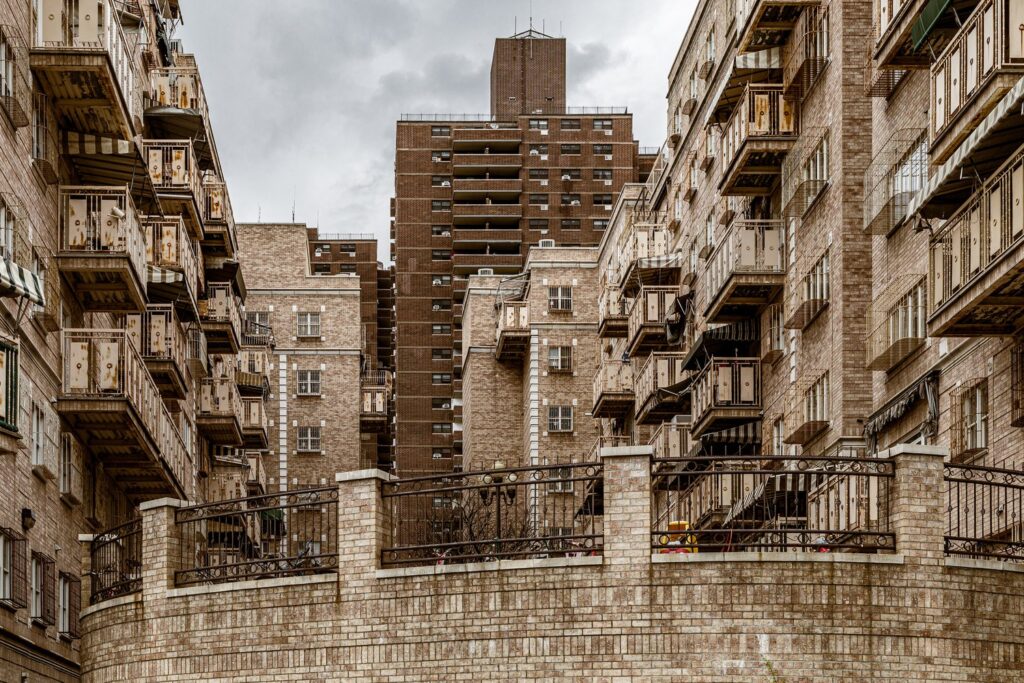
Conclusion
Brooklyn property management and rent stabilization are intertwined, defining the borough’s housing soul. Firms like BJD Property Management excel, guiding landlords through legal mazes while keeping tenants housed affordably. From Flatbush’s walk-ups to Greenpoint’s towers, stabilization—and BJD’s role in it—anchors Brooklyn.
Whether you’re an owner, manager, or renter, understanding this system is key. Partner with experts like BJD, research stabilized gems, or hunt that affordable lease—Brooklyn’s housing awaits.

